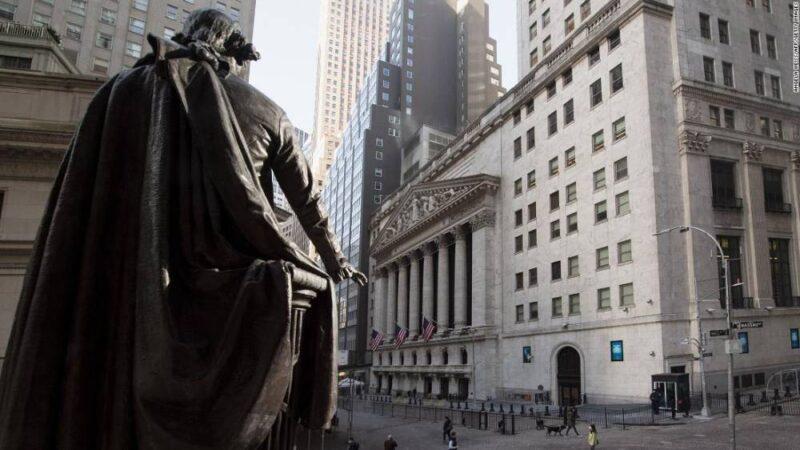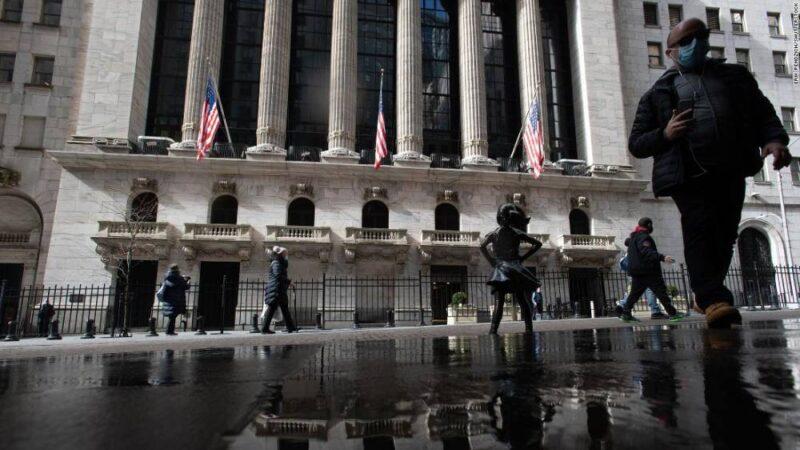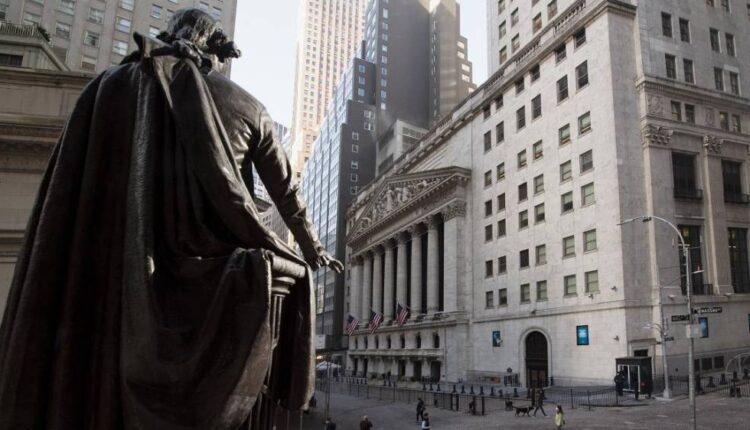Roblox. Doordash. Bumble. Airbnb. Coinbase. The list of companies that have gone public in the past year goes on and on.
The result has been an initial public offering bonanza on Wall Street that has shown no signs of stopping any time soon. So far, there have been 475 IPOs in the US in 2021, according to data provider Dealogic. That’s already more than the 457 IPOs that took place in 2020. And there are several other anticipated IPOs on the horizon, including Instacart, Robinhood, and Epic Games.
More from Financial Empowerment
Calculator: Should I refinance my mortgage?
6 steps to avoid running out of money in retirement
Selling your home? Here’s how accurate online estimates are
The frenzy of IPOs has also resulted in a number of historic highs and record-breaking debuts on the stock exchange.
“IPOs are definitely exciting, often involve buzzworthy and trendy companies, and sometimes the opportunity represents a chance to get in on the ground floor of a company that is poised for tremendous future growth,” said Liz Young, head of investment strategy at fintech company at SoFi. “However, there is definite risk.”Read MoreSo how can you start investing in IPOs? Here’s what you need to know.
What’s an IPO?
An IPO is when a company offers shares to the public for the first time on a stock exchange. Selling shares to the public allows the company to have more access to capital.
How does an IPO work?

IPO vs SPAC vs direct listing: Explaining Wall Street's hot trendsA privately held company that seeks to go public typically works with an underwriter, usually an investment bank, which buys all of the available shares at a set price and eventually resells them to the public. They also assist with the Securities and Exchange Commission registration process by preparing a prospectus prior to the IPO. The prospectus is a financial disclosure report that lays out the risk and opportunities for a company looking to go public. It also includes more information about the company, the securities and the offering to prospective investors. The SEC must approve the offering before the company can proceed with the IPO. There are a few different ways companies can go public:
- A direct listing: In a direct listing, the company lists directly on the exchanges and sells existing stock to the public immediately without the assistance of an underwriter or investment bank. Direct listings allow companies to go public without going through the IPO process Some companies prefer this method as it typically results in more money per share than a traditional IPO. Palantir and Asana are just two examples of IPOs that went the direct listing route.
- A Special Purpose Acquisition Company (SPAC): This method has become increasingly popular in the past year. A SPAC is formed when a group of investors create a shell company that is listed on a stock exchange. Referred to as a “blank check firm,” the company then seeks to merge with private company in order to help it raise money more quickly than it would have through an IPO. Virgin Galactic (SPCE) and DraftKings are two high-profile examples of companies that have recently joined the SPAC craze.

No slowdown in sight for IPOs or SPACs
Do your homework
Before investing in an IPO or a SPAC, make sure you do your due diligence by learning as much as you can about the company. This can be somewhat challenging as private companies aren’t held to the same reporting requirements as public companies and typically don’t divulge financial and other company information. But companies that are planning to go public through an IPO on a US exchange, such as the New York Stock Exchange or NASDAQ, are required to file an S-1 form with the SEC. The S-1 prospectus filing includes more information on the company’s team, target market, their financials, expected share price range and number of shares being issued. You can search for these forms on the SEC website.

Roblox goes public and is instantly worth more than $45 billionOnce you’ve narrowed down what potential IPOs you’d like to invest in, read through the company’s S-1 prospectus filing and look out for details on the company’s financials, valuation, the reason why the company is listing and the use of the funds.”IPOs are inherently risky investments,” said Young. “Interested investors should definitely read the company’s prospectus and look for a strong, established underwriter.”Other company information you might want to look into includes their competitors, company updates or press releases, which can provide insight into the company’s current shareholders and business model. These items can also help you gauge the potential for future growth as a public company.
Find a brokerage
The requirements to invest in a traditional IPO can vary from broker to broker. “Typically, investment in IPOs prior to their being listed on major exchanges has been limited to institutional investors and ultra-high-net-worth individuals,” said Young. Although more recently, some companies have offered access to IPOs to average investors. For example, Fidelity requires investable assets ranging from at least $100,000 to $500,000 to participate in an IPO. But other brokerages, like SoFi, require a minimum of just $3,000 to participate in an IPO. Investors can then enter a bid and request a number of shares. The request is more of an indication of interest rather than a guarantee. The day before the IPO hits the market, the investor will be notified and granted the opportunity to place an order for shares.
Invest when it first hits the exchanges
If you don’t meet the eligibility requirements or you’re unable to invest before an IPO hits the exchange, you can still get in once the company does go public. Online brokerages, like Robinhood, Webull, Public and TD Ameritrade, allow you to buy and sell IPO stock just as you would any other stock on the exchange, just minutes after they list. But in some cases, a stock will immediately begin rising, so you might not be able to buy at the IPO price.
“There is no guarantee that a stock will continue to trade at or above its initial offering price once it starts trading on a public stock exchange,” said Robert Beauregard, a Fidelity spokesperson. “That said, the reason most people invest in IPOs is for the opportunity to invest in the company relatively early in its life cycle and profit from potential future growth.”– CNN’s Paul R. La Monica contributed to this report.
Source: edition.cnn.com

